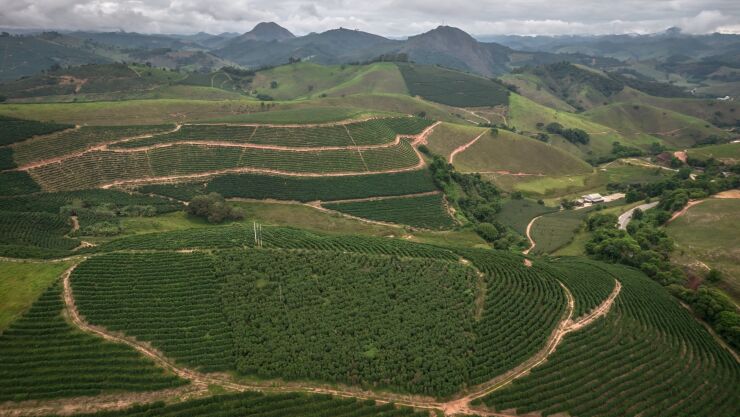Digital mapping is defined as the science of collecting location intelligence data to formulate a digital image with the primary function of producing maps with highly accurate renderings of any given area. Developed in 2003, digital mapping has catalyzed a watershed movement of development for insurers, and as it continues to evolve so do its applications in the industry.
Insurers call upon this
The value of digital mapping during times of disruption
Digital mapping and location intelligence safeguard insurers' ability to understand historical data and remotely apply those insights to risk modeling and
While the COVID-19 pandemic halted almost every day-to-day aspect in society, external variables that impact insurance customers, like weather events or property damage, did not cease. For incidents like these, insurance companies still needed to be able to provide coverage and support to customers while adhering to social distancing mandates. Risk assessment and underwriting, some of the most essential work carried out by insurers, were among the most heavily interrupted practices due to the pandemic. Historically, insurers were required to be onsite to inspect land attributes like roofing, pools and other high-risk characteristics that would impact a claims quote, and satellite imagery simply is not recent or detailed enough to utilize as a source of reliable information. Digital mapping technologies provided a scalable solution that made it possible for insurers to perform their work from the safety of their desk without sacrificing the level of detail and accuracy required in this line of work.
Minimizing risk exposure with digital intelligence
Insurers have been leaning into aerial imagery to help evolve work processes from damage reparation to risk mitigation. Through these shifts, the industry has moved from "repair and replace" to "
This holds especially true for areas highly impacted by
Digital mapping: today and tomorrow
Self-survey applications, photo estimate solutions, customer communication apps and virtual inspection platforms have been gaining traction as insurance firms become more digitally literate. As the industry seeks to disrupt and replace legacy models and systems by adopting emerging technologies like AI and digital mapping, insurers are creating more efficient processes that put the customer at the heart of the claims lifecycle.
A strong business case can be made for insurers to continue testing different technologies to enhance service offerings. For example, when
The advent of the World Wide Web was a defining moment for digital mapping and location intelligence technology that catalyzed a new era of ongoing digital transformation at a record pace. But, with the ever-evolving digital landscape happening right before our eyes, we're likely to see a new wave of advancements in digital mapping and location intelligence technology that will, once again, redefine the insurance industry's way of working.






